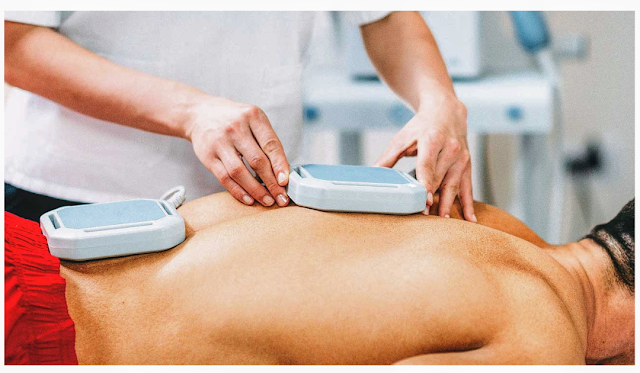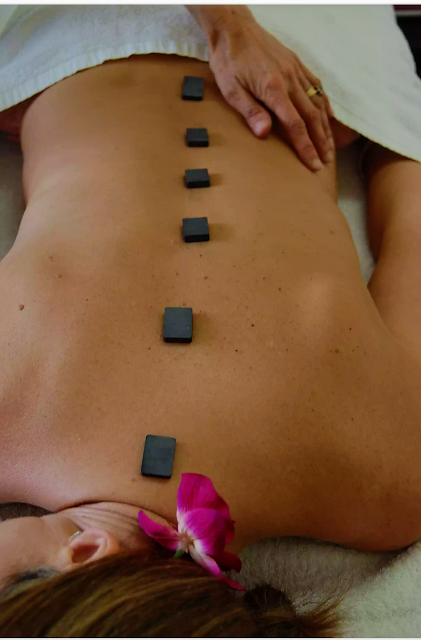Magnet therapy
Introduction
Magnetic therapy is an medical practice that uses magnets to relieve pain and other health issues. The magnets are generally embedded into bracelets, rings, shoe inserts, mattresses and clothing .
According many well-conducted studies over the past few decades have shown that static magnetic devices have no effects on general physiological condition. These studies suggest that the magnetic therapy devices may have placebo effect on those who wear/ use them.
Despite a lack of scientific evidence to support claims that magnetic therapy devices work, wearable magnets devices remain extremely popular.
Global sale of therapeutic magnets is about approx $1 billion a year.
History
Magnetic therapy dates back at least 2,000 years, when Folk healers in Europe and Asia are believed to have used magnets to to treat a variety of ailments and believe that magnet pulls disease out of body.
Now a days people believe that therapeutic effects of magnet are due to bioenergetic fields, or biofields i.e "energy fields that surround and penetrate the human body," many Practitioners of certain alternative medical techniques may refer this bioenergetic field as life force.while Some believe that such magnetic fields can be manipulated — maybe by using a magnet — to treat disease or injury, according to an article published in 1999 in the Scientific Review of Alternative Medicine.
Mostly companies that sell therapeutic magnets claims that a small magnet inside their devices which help in increaseing blood flow to the area of the body where the device is worn. And claim this increases the blood flow and help tissues heal faster.
And the theory behind this idea was that the blood contains iron and magnets attract iron, the iron in blood is bound to hemoglobin and enhance the blood circulation regulated by the magnet in the device.
But generally the therapeutic magnets sold to reduce pain have magnetic fields that are too weak to penetrate the skin.
The most commonly used therapeutic magnets measure about 400 to 800 gauss. These magnets known as permanent magnets, the static magnets used in magnetic therapy devices.
Results of studies.
human subjects have failed to show any therapeutic effectof using magnets to treat pain or joint and muscle stiffness.however
some smaller studies in this review reported therapeutic value that larger studies did not. The researchers concluded that "The evidence does not support that the use of therapeutic magnets for pain relief is effective, and therefore magnets cannot be recommended as an effective treatment."



That is really attention-grabbing, You are an excessively skilled blogger.
ReplyDeleteI have joined your rss feed and sit up for looking for more of your magnificent
post. Also, I've shared your web site in my social networks
Thank you your feedback matters a lot for me
ReplyDelete